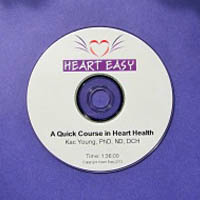
Valentine’s Day is right around the corner. If you have a special someone chances are you’ll be celebrating by dining out. Make sure you extend a special valentine to your heart by eating right. Here are some ways you can show it you care.
A great tip is to eat a healthy soup or salad before the entree. Healthy soups and salads can be filling and a good start for the meal. Avoid chowders such as clam, corn, split pea or potato and cheese. These are heavy on the butter and cream. Ask the waiter to describe what’s in the soup before ordering to check for saturated fats. Order a one cup serving and not a bowl.
If you’re choosing a salad remember that the salad isn’t usually the problem; the dressing is! Ask for a vegetable-heavy salad and the dressing on the side to control the amount you eat. Skip the creamy, fat-laden dressings and opt for the oil and vinegar, balsamic or fat free if they offer it. Stay away from sugary Asian dressings, unless you can check the ingredients, and avoid the staples like French, Blue Cheese, Thousand Island, or Ranch. You can also be heart-smart by mixing a small amount of olive oil and lemon juice yourself. Definitely skip the croutons, cheese toppings, crumbled bacon or tortilla chips.
If you are at a salad buffet choose lettuce and greens, such as spinach and vegetables like broccoli, cauliflower, carrots, celery, bean sprouts, fresh peppers, a sprinkle of peas or corn, and a handful or red or black beans.
Love international cuisine? When eating Chinese food you want to avoid dishes with gravies, items that are fried or deep fried and dishes that are coated and then fried or wok fried. Avoid fried rice and order brown rice instead. Do not pour the sodium-heavy sauces over the rice. If you want to taste the sauces (Hoisin, plum, sweet and sour or soy) dip your fork or chopstick into the sauce then collect a portion of rice with it to achieve just a taste. This will help you to avoid ingesting too much sodium.
Don’t order the egg rolls, the fried won tons, or any deep fried appetizers. Order a Chinese chicken salad, dressing on the side and ask them to hold the crispy won tons. Skip dishes that feature fatty nuts like cashew, macadamia or sugared walnuts. Order all other dishes with nuts on the side and add only a small portion of the almonds, peanuts or walnuts.
Avoid dishes like Sweet and Sour Pork, Pork Ribs, Kung Pao Chicken, Moo Shu Pork, fried or coated shrimp items and dishes heavy with gravies or sauces. Order dishes with lean meats (preferably white meat chicken) or fish (not fried) make sure there are lots of vegetables in the dish and ask them to cook it or sauté with “light oil.” Always ask for your sauces on the side!
If you are eating Mexican food, skip all cheeses, sour cream and tortilla chips. Order chicken, fish or shrimp fajitas, ask for “light oil” and order only corn tortillas. Limit yourself to one or two tortillas because most commercial varieties contain lard and saturated fat.
Avoid flour tortillas and the creamy sauces such as enchiladas, burritos or chimichangas. Skip the refried beans because they are usually high in fat. (Fat free refried beans are available in the grocery store so you can enjoy them at home.) Enjoy the salsa (no chips please!) and the fresh verde and salsa fresco sauces. These contain simple ingredients with low or no fat.
Fish with a light, fresh sauce is a great way to enjoy Mexican cuisine. Be careful of the rice because it might be loaded with lard, butter and salt. The best advice is to ask your waiter what’s in a dish before ordering it. A light beer is a better alcoholic beverage choice than a sugar-packed, salt-rimmed margarita. Have beer or wine to avoid the high calories and high fructose corn syrup in the party drinks.
If you are craving Indian food there are many ways to eat healthy. When dining out order chicken or shrimp tandoori to avoid fatty marinades and sauces. You can also order your dish with half the sauce or simply ask for the sauce on the side. Avoid the ghee-drenched breads such as paratha or chapati and order your naan without the ghee.
Raita makes a great dip with yoghurt and spices for your meal, and the rice dishes, if you ask for light oil or reduced ghee, ought to be okay. Order vegetable-heavy dishes and avoid the deep fried appetizers such as onion bhaji, papadums, pakoros and samosas. Dal is a good side dish and sauce because it is lentil-based and made with tomatoes, onions and spices. Curries can be made with ghee and coconut milk, ask about the sauce ingredients before ordering. You can request the kitchen to cook your dish with half the sauce or ask for the sauce on the side. Skip the deep fried desserts and stick with fruit.
Italian dishes provide a good source of the Mediterranean Diet foods that are heart healthy. Avoid the creamy, cheesey sauces like Alfredo and stick with the sauces made with fresh tomatoes and vegetables. Make sure to skip the fried, stuffed or “parmesaned” selections and stay away from the four-cheese ravioli and baked ziti. Your best bet is to order grilled chicken breast, baked fish or a pasta dish with marinara (no meat) sauce or go for the linguine and clams.
In general stay away from the steak houses and meat-oriented grills. Choose a restaurant that offers fish and chicken dishes or go vegetarian for a change.
Red wine or light beer is a good choice if you are celebrating with an alcoholic beverage. Otherwise stick with club soda.
Desserts can be a downfall if you’re not careful. Choose fresh berries and skip the cream or topping. If you want a taste, have a fork full of someone else’s desert. Avoid ordering your own unless it’s fresh fruit, berries or low fat heart healthy. It may be tough to pass up the desserts, but you can usually enjoy sharing a nice sorbet even though it contains sugar.
The words on menus you should definitely avoid are: fried, deep fried, sautéed, basted, breaded, coated, floured, fricassee, gratin, dusted, dredged, bisque, marinated * pan fried, wok fried, au jus, creamed, creamy, cream, cheesy, smothered**, mousse, chowder, buttered, encrusted, pastry. Commit those to memory and you’ll be on your way to eating heart-healthy.
* Marinated could mean high in oil, fat or sodium.
** Could mean smothered in anything. be careful of what the item is smothered in!

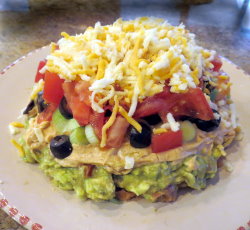



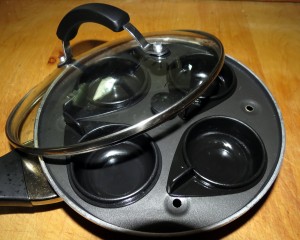
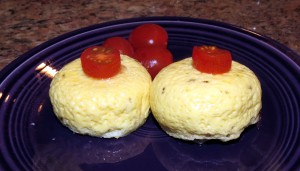
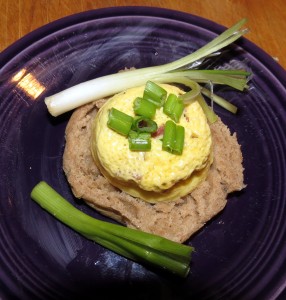



 Add up your scores. If you had more than 5 points you are at risk for cardio vascular disease. If you had 6 points or more, you are at high risk for cardio vascular disease.
Add up your scores. If you had more than 5 points you are at risk for cardio vascular disease. If you had 6 points or more, you are at high risk for cardio vascular disease.
